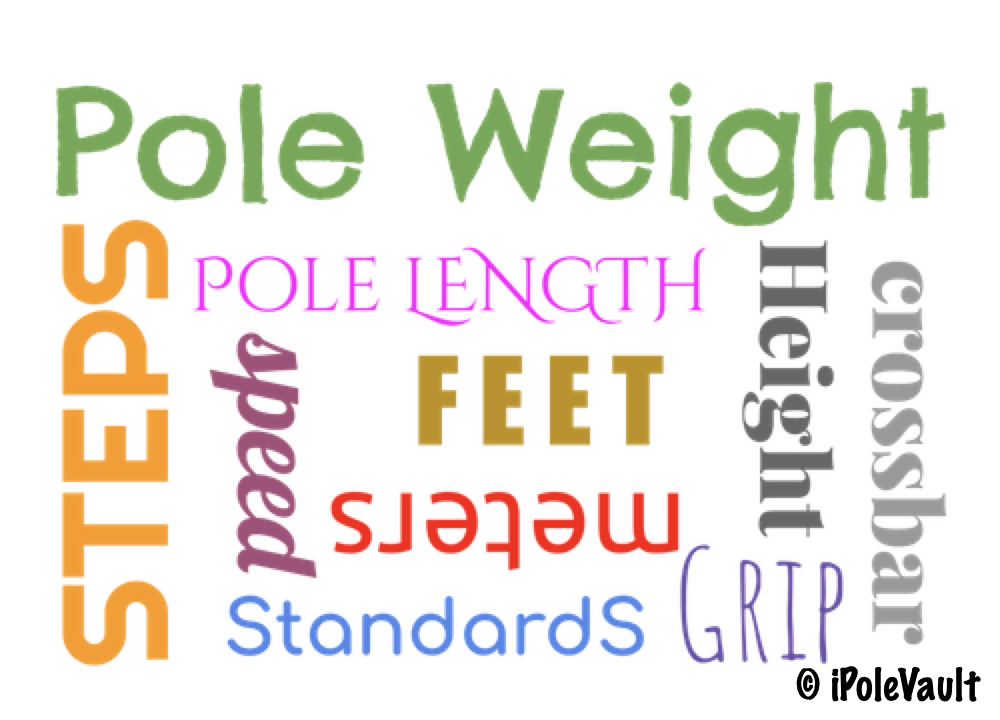Sorry but there is no shortcut. It takes time and lots of hard work to become a better vaulter. There is something, however, you can add to your regimen to help you grow and improve. It’s journaling. So what does this have to do with pole vaulting you ask? Simple. A journal serves as a reference, it captures moments in time. Taking notes on your vault stats during practices and/or meets, then reviewing the notes later, provides a snapshot in time. Unlike many sports, pole vaulting is very technical. Pole statistics, steps, grip, standards, weather and runway conditions, the list goes on and on. With time, all those details are difficult to remember.

And that’s where journaling comes in. Many elite vaulters and coaches alike, keep written notes on each vault. Reviewing notes chronologically, allows you to see patterns, to see growth, to see mistakes. It helps you learn from the past and improve for the future. Some vaulters have multiple binders filled with notes. It’s helpful, it’s a resource, but it’s bulky and difficult to carry around.

Times have changed. Meet iPoleVault.

iPoleVault is the one and only pole vaulting management app. It is customizable, editable, sharable, and highly interactive. All the stats you would track in a journal are there. Practices, meets, poles, training, and fitness, all with a note-adding section. It is a pocket journal that’s easy to use and available at your fingertips.

If you already keep notes, this is a no-brainer. If you don’t journal, you should start. The benefits are invaluable. See where you’ve been to plan where you’re going.
Not convinced? Let’s take a look back. Whether it is the written word or the spoken word, a person’s thoughts, feelings, and emotions are captured in time through a diary, and it’s been around for centuries. Many historical figures wrote diaries which have been instrumental in piecing together history and confirming facts.

By the early 1980’s, personal journals or free response journals, started showing up in classrooms as a tool for creativity to foster better writers. Students were free to write what they chose in response to a prompt.

Free response writing removes restrictions and allows the student to express thoughts freely. Studies show writing more, results in writing better—practice makes you better. In the next decade, self-help books touted the benefits of keeping a diary for better understanding of oneself. Journaling saw a resurgence and included themes such as being grateful, or documenting dreams. Writing your thoughts down in one place lends importance to those thoughts. Booksellers dedicated entire sections of shelves to beautiful, blank books, many leather-bound, or with fine-art covers, some even hand-made. There are so many different types of journals as well: travel journals, food diaries, spiritual journals, pregnancy diaries, and even diaries of whimpy kids. All in an effort to document that part of ones life.
Convinced now? Are you looking to improve? What better way than to document your vaults with all the details that go into each jump. After a while, you will have a reference guide of your performance and improvements, what has worked and what hasn’t. And an added bonus? With a tap, the app creates a spreadsheet that can be saved and shared with coaches or recruiters. See where you’ve been to see where you’re going. iPoleVault is available on the Apple App Store, what are you waiting for? #toolsforbetterpolevaulting.


